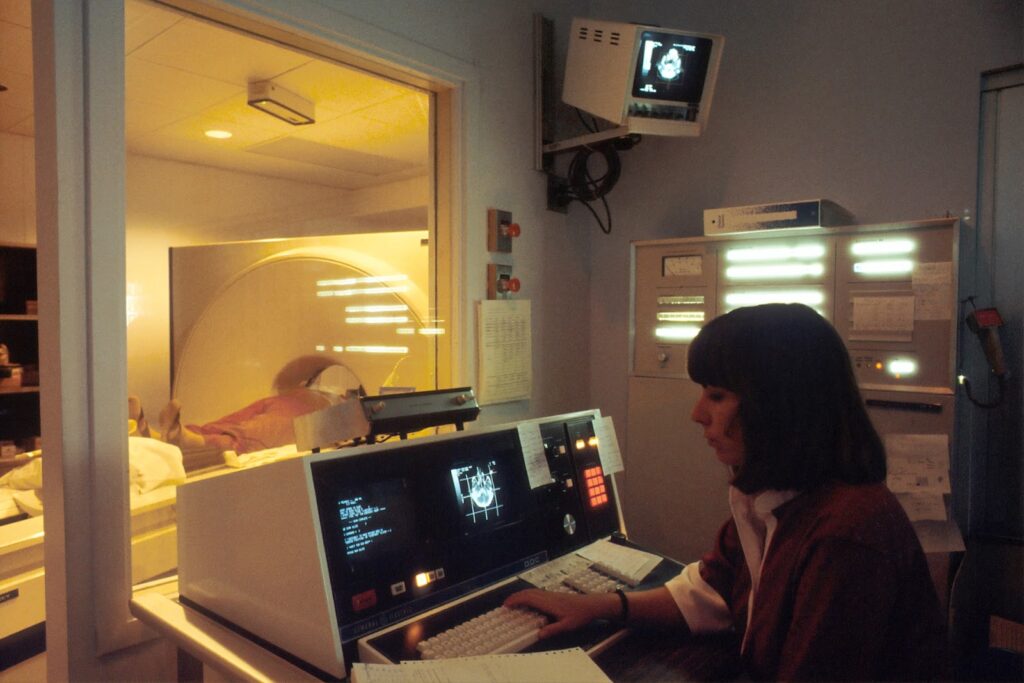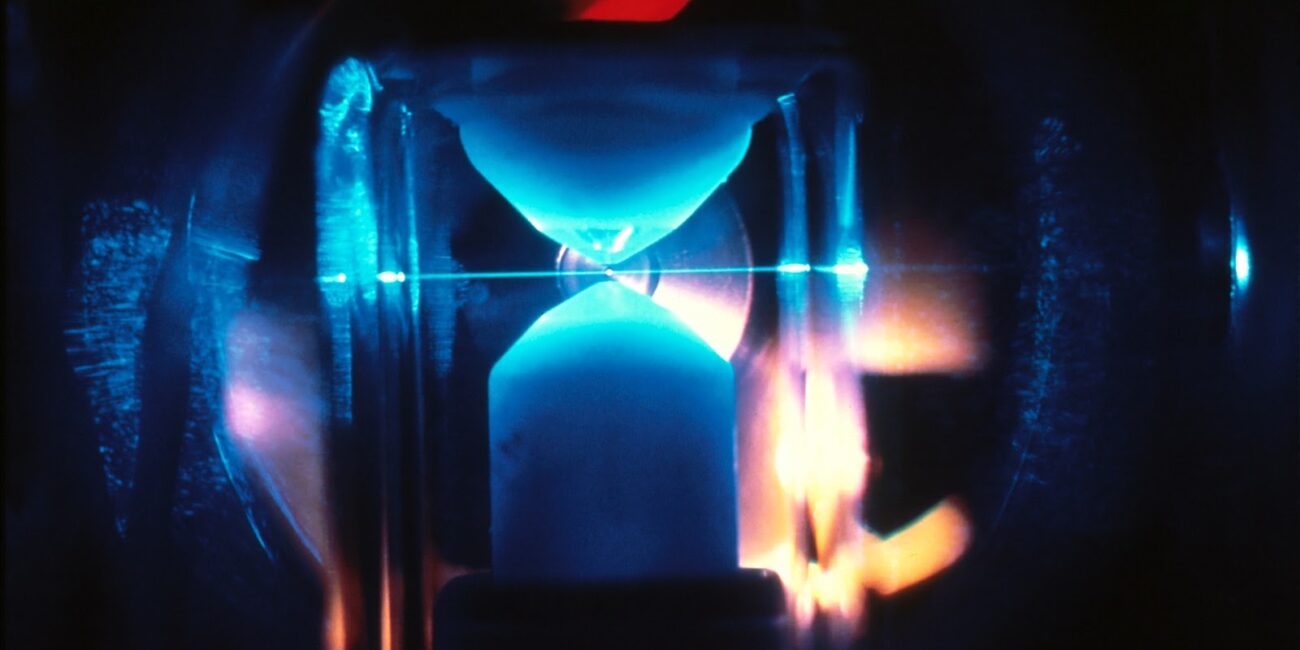Can You Get a Mammogram While Breastfeeding
Breastfeeding mothers may wonder if a mammogram is safe and feasible for them. Can one undergo mammography while nursing their baby? The answer is yes!
The process of obtaining a mammogram while breastfeeding requires special precautions to ensure accurate results and minimal discomfort. To avoid engorgement, nursing the baby or expressing milk before the procedure can help diminish any pain or discomfort related to breast compression during the test. A radiologist can also suggest positioning techniques that prioritize lesser pressure on breast tissue, delivering optimal outcomes with less risk.
It’s crucial to inform your radiologist about your nursing status so that they can appropriately evaluate the findings. Although lactation-related changes could affect scan interpretation, skilled radiologists identify these variations with accuracy and ease.
Besides adhering to all instructions provided by your healthcare team during pre-screening, keep in mind that compression from a mammogram might result in a temporary disruption of lactation. Pumping out milk frequently after testing helps restore usual feeding patterns while minimizing discomfort.
Therefore, getting screened via mammograms when breastfeeding is possible without compromising infant safety or quality of screening. Proper communication with medical professionals guides the way forward!
When it comes to getting a mammogram while breastfeeding, it’s important to consider both your baby’s nutrition and your own boobular health.
Breastfeeding and Mammograms: Key Considerations
Getting a mammogram while breastfeeding requires some considerations. It is important to choose an appropriate time during breastfeeding to avoid potential harm to the breastfeeding process. Furthermore, it is essential to inform the radiologist of your breastfeeding status before the procedure.
During a mammogram, compression is applied to the breast, which can cause mild discomfort or pain. This can lead to a reduction in milk supply or even an infection. Therefore, it is suggested to schedule the mammogram when the milk supply is low, such as after a feeding or during the week after menstrual bleeding stops.
It is important to note that getting a mammogram while breastfeeding is safe and does not affect the quality or safety of the procedure. However, due to the potential impact on breastfeeding, it is crucial to consider the timing and inform the medical staff.
Don’t let fear of missing out on a mammogram prevent you from taking care of your breast health. If you are breastfeeding, talk to your healthcare provider about the best time to schedule a mammogram. Early detection is key to preventing breast cancer, and it is crucial to prioritize your health.
Mammograms and breast milk don’t mix, but at least you can milk the excuse for not getting one while breastfeeding.
Breast milk and mammography
Breastfeeding mothers need to undergo regular mammograms while ensuring the safety of their breast milk. The radiation exposure from mammography is minimal and does not affect breast milk production nor pose significant risks to infants receiving breast milk.
However, experts recommend breastfeeding mothers schedule their mammograms after nursing or pumping since lactating breasts are denser than non-lactating ones. Mammograms may miss abnormalities in the breast tissue if performed immediately after breastfeeding.
It is important to communicate with healthcare providers about any concerns related to mammography and breastfeeding, as they can provide individualized guidance based on a mother’s specific circumstances.
A mother shares her experience of having a routine mammogram while breastfeeding her infant daughter. The healthcare provider assured her that there were no significant risks involved; the procedure was quick, and she was able to resume nursing almost immediately. Breastfeeding should not deter women from getting necessary mammograms for maintaining their health.
Breastfeeding may make for some great bonding moments, but it can also leave mammograms feeling like a game of ‘Where’s Waldo?’

Impact of Breastfeeding on Mammography Accuracy
Breastfeeding and its Influence on Results of Mammography Scans
Breastfeeding is a significant factor in influencing mammography accuracy. It affects the glandular tissue, making it denser, which may obscure small lesions or increase the likelihood of false-positive results. Thus, it calls for special attention during screening.
It is crucial to note that lactation will have different effects at various stages after giving birth. For example, changes made by breastfeeding can last for an extended period, up to 12 months postpartum. Therefore, radiologists must consider these aspects when interpreting mammograms and provide accurate results.
Research has shown that mammograms taken during breastfeeding are more challenging to read than those taken six months after weaning. Hence women who choose to breastfeed exclusively should consult their physician before scheduling a mammogram.
Interestingly, a case study indicated that high contrast MRI was an excellent alternative method for women experiencing difficulties with standard mammogram readings because of denser tissue caused by breastfeeding.
Get ready to feel like a cow being milked, but with less cute barnyard animals around.

How to Prepare for a Mammogram While Breastfeeding
Preparing for a Mammogram While Breastfeeding: What You Need to Know
Getting a mammogram while breastfeeding can be a bit tricky, but with the right preparation, it can be done safely and effectively. To prepare for your mammogram, it is important to first speak with your medical professional to determine the best course of action based on your individual circumstances. It is also crucial to inform the radiology technician that you are breastfeeding, as they will take special care to protect your milk ducts during the procedure.
During the mammogram, you may experience some discomfort or pain due to the heightened sensitivity of your breasts while lactating. To help ease any discomfort, try nursing your baby or pumping milk prior to the exam. Wearing a supportive bra can also provide added comfort and support during the procedure.
It is important to note that mammography may not be as accurate for women who are breastfeeding, as the milk ducts can appear thicker and more opaque on the images. Your medical professional may recommend additional imaging, such as an ultrasound or MRI, to ensure the most accurate results.
Before talking to your doctor about mammograms while breastfeeding, make sure you’ve got your milk ducts in a row.
Talk to your doctor
When preparing for a mammogram while breastfeeding, it is crucial to have a discussion with your physician and inform them of your lactation status. Communicating with your doctor beforehand enables them to determine what type of mammogram is appropriate and whether you need to pump milk before the procedure. This conversation allows you both to have clear expectations.
During the conversation, you can also express any concerns or fears you may have about the mammogram, including how much radiation exposure there will be and how this could affect breastfeeding. Your doctor will explain to you that only minimal radiation exposure occurs during the test, which poses little threat to milk production or quality. Furthermore, they may advise you to schedule the mammogram when milk production is at its lowest point during the day.
Unique details worth knowing: In cases where possible injury from compression cannot be ruled out, ultrasound evaluations may be suggested.
Suggestion for preparing for a mammogram: You can help prepare by wearing a comfortable two-piece outfit that is easy to remove. It’s also important not to apply lotions or deodorants on the breast area before your examination as these can cause artifacts on imaging tests. Follow your doctor’s instructions on preparation carefully.
In summary: By discussing with your physician and taking certain measures before a mammogram while breastfeeding, this medical procedure can be performance without putting lactation at risk of disturbance or stopping it entirely. Your boobs may feel like they’ve been sucked dry by a vacuum, but at least you’ll have a clear mammogram!
Pump milk before the exam
As a lactating mother, it’s essential to clear up any milk in your breast before undergoing a mammogram. Emptying your chest will reduce the density of the tissue and make it easier for medical practitioners to capture clear images for screening purposes. Pumping milk before the examination is necessary to ensure that there are no risks of blocked ducts or other breastfeeding-related issues during the examination.
It would help if you pumped your breasts at least an hour before the exam and not immediately before it, as this may cause your breast tissues to compress tightly or affect image quality on account of excess fluid in their mammary glands. After pumping, you should cleanse your nipples and apply a moisturizing lotion or oil product free from heavy fragrances to prevent dryness.
It is essential to note that mammograms might be uncomfortable during pregnancy as estrogen hormone levels increase, leading to engorged breasts. It’s best if you talk to your doctor about postponing this procedure until after childbirth.
One mother struggled with looming thoughts of cancer while breastfeeding her child and underwent routine mammograms regularly. During a recent checkup, she was diagnosed with breast cancer, but early detection allowed for effective treatment without compromising her child’s nutrition needs.
Don’t worry, it’s not like anyone’s judging your milk production during the mammogram, but a breast pump could definitely come in handy.
Bring a breast pump to the exam
When bringing a breast pump to your mammogram appointment, you can relieve any potential discomfort and ensure accuracy of the exam. Pumping prior to the appointment will reduce milk build-up and allow for clearer images.
During the mammogram, use your breast pump to express milk as needed. This will not only help keep milk from interfering with the exam results but also make you feel more comfortable. Remember to bring extra bottles or bags to store the expressed milk.
It’s important to note that nursing or expressing milk after the mammogram does not pose any risk or harm to the breast tissue. However, if you have any concerns or questions about breastfeeding and mammograms, speak with your healthcare provider.
According to a study published in JAMA Oncology, breastfeeding may lower a woman’s risk for certain types of breast cancer by up to 20%.
Finding time for a mammogram while breastfeeding is like trying to schedule a spa day during a toddler’s nap time.
When to Schedule Mammograms While Breastfeeding
When breastfeeding, mammograms can still be scheduled, but it’s essential to note that breastfeeding can impact the accuracy of the screening. It’s recommended to schedule mammograms post-weaning or during specific times in the breastfeeding cycle, like after breastfeeding. Refrain from scheduling mammograms during the early phases of breastfeeding as dense breast tissue can obscure the images. Staying in touch with your doctor can help you determine the right time to schedule mammograms while breastfeeding. Additionally, according to the American Cancer Society, “breastfeeding reduces a woman’s overall risk of developing breast cancer”.
Breastfeeding and mammograms: timing is everything, just like trying to time a nap with a baby’s schedule.
Timing matters
Timing is crucial when it comes to scheduling mammograms while breastfeeding. Here are five key points to consider:
- It is recommended for lactating women to undergo a baseline mammogram before the age of 40.
- According to the American College of Radiology, mammography during lactation is safe, and the milk produced will not impact the accuracy of results.
- Mammograms should be scheduled after breastfeeding or pumping to avoid discomfort and ensure accurate breast tissue imaging.
- Avoid scheduling mammograms during engorgement as it can create confusion during interpretation.
- It’s essential to inform your radiologist if you are currently breastfeeding as they may advise postponing imaging until after weaning or recommend additional diagnostic tests.
While these points are vital, unique details are necessary depending on individual situations. In some cases, additional tests beyond mammography may be necessary.
Ensuring proper screening protocols at regular intervals will increase the chances of early cancer detection and reduce the risk of mortality. Failure to attend timely screening appointments could result in a missed diagnosis that could eventually negatively impact your health.
Plan ahead and book an appointment for a mammogram today if you’re due or overdue for one. Don’t let FOMO rule you when it comes to your health; early screening is key!
Getting mammograms while breastfeeding is crucial for the early detection and prevention of breast cancer. A nursing mother may experience some discomfort and pain, but it is possible to undergo a mammogram during this time. The benefits of regular mammograms outweigh potential risks, and healthcare providers can provide additional support and guidance to nursing mothers.
Breastfeeding mothers can receive mammograms with proper care and management during the procedure. Radiologists can shield the lactating breast tissue while capturing clear images. Additionally, if necessary, physicians can recommend alternative imaging methods such as ultrasound or MRI.
It is important to note that regular screening should not be delayed due to breastfeeding; in fact, the American Cancer Society recommends annual mammography screenings starting at age 40 for all women with an average risk of developing breast cancer.
According to a study by the American Journal of Obstetrics & Gynecology, breastfeeding does not increase the chances of false-positive or false-negative results in mammograms. Therefore, getting regular mammograms while breastfeeding is safe and essential for maintaining optimal breast health.

